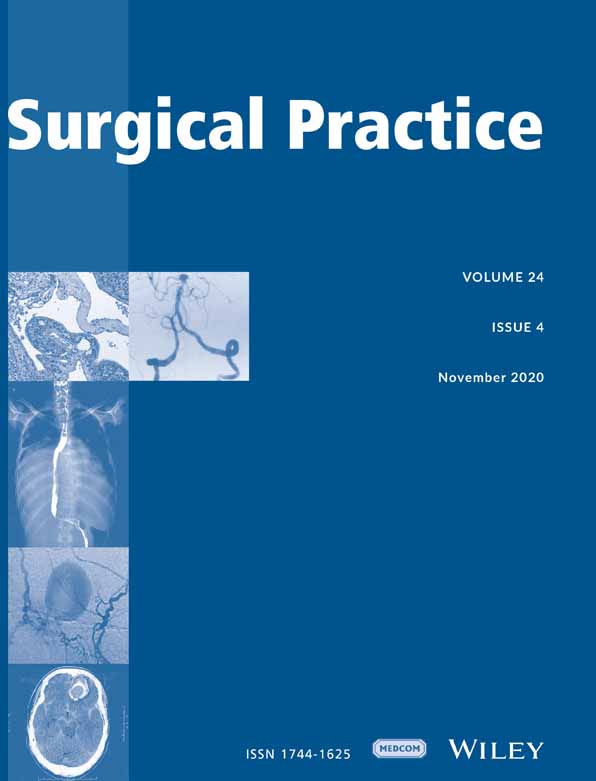Comparison of three different surgical treatment methods, semi-open closure, primary repair, and rotational flap for pilonidal sinus
Abstract
Background
Pilonidal sinus disease is a common infectious process that occurs on the natal cleft and sacrococcygeal part. The treatment of pilonidal sinus disease remains challenging and despite the existence of many non-surgical and surgical methods, there is no consensus for the best treatment for this disease.
Objective
The goal of this study is to investigate the outcomes of pilonidal sinus surgery by three methods of semi-open, primary repair, and elliptical rotational flap.
Methodology
This prospective randomized study was conducted on patients suffering from primary pilonidal sinus. The patients were randomly assigned to one of the three groups based on surgical technique, were followed according to a checklist within the first, second and fourth weeks, as well as third and sixth months after surgery. Follow up was done in terms of recurrence, surgical complications, post-operative pain, and duration of hospitalization.
Results
One hundred forty-six patients completed the study, including 21 women and 125 men. The mean age of patients was 26.56 ± 5 years. There was only one case of recurrence and the rate of post-operative haematoma and infection were not significant between groups, while the rate of itching problem was significantly different (P-value = .001). The highest degree of itching, haematoma and infection were in the semi-open, rotational flap and primary repair group, respectively. The mean duration of pain relief and time of hospitalization were 25.73 ± 11.36 hours and 4.41 ± 1.56 days, respectively, which were significantly different between groups. The longest mean duration of pain relief and hospitalization were in primary repair and semi-open group, respectively.
Conclusions
Elliptical rotational flap is preferred to the other two methods due to less pain, lower recurrence rate after surgery and early return of patients to the economic cycle.
CONFLICT OF INTEREST
The authors declare that they have no conflict of interest.




